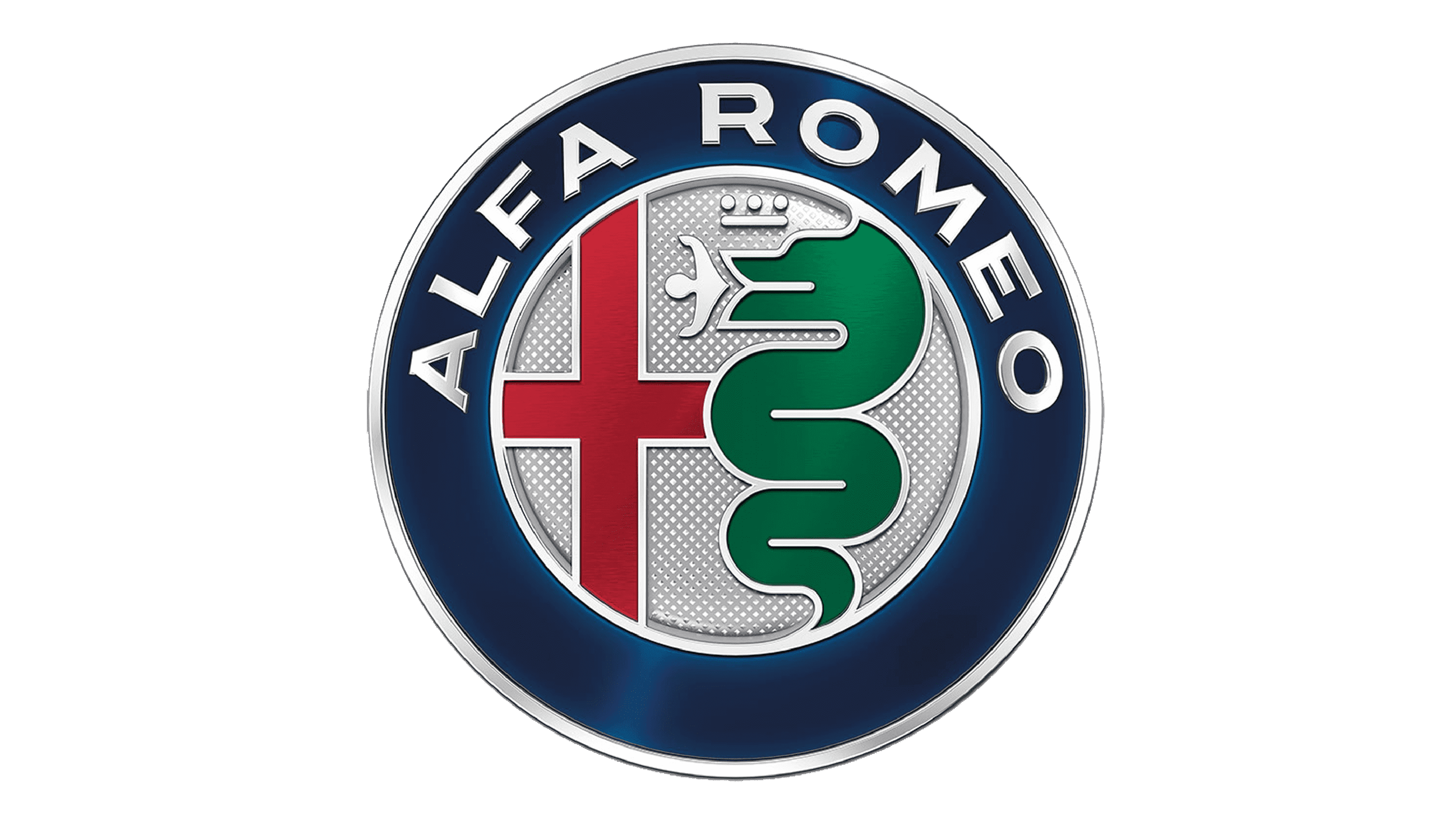1933 Alfa Romeo 8C Monza SF28

The descriptions of the Classic Cars in the Directory were partly generated or supplemented with the help of artificial intelligence (AI). The content may occasionally not always be entirely accurate or factually correct despite careful checking.
The Alfa Romeo 8C Monza SF28 1933 is a stunning example of Italian engineering at its best. This vintage racing car is a classic, high-performance machine that is unmatched in its category. The vehicle was developed as a racing car and had been designed and manufactured with the most cutting-edge technology of the time.
The car is powered by a 2.9-liter inline-eight that is capable of producing 180 horsepower at 5500 rpm. The motor can rev up to 6200 rpm and is paired with a four-speed manual transmission. The engine is fitted with dual overhead cams and is a testament to Alfa Romeo's mastery of lightweight materials, such as aluminum for the crankcase and magnesium for the supercharger housing.
The 8C Monza SF28 1933 was designed for speed, thanks in large part to its aerodynamic and lightweight construction. This vehicle weighs only 1880 pounds and has a top speed of 148 miles per hour. Furthermore, its exceptional handling and braking capabilities are attributed to its advanced suspension system, specifically the double-wishbone suspension on the front and the trailing-arm suspension on the rear.
The car's brakes were provided by Girling, and its wheels are wrapped with Dunlop tires. The steering wheel is wood-rimmed, and the spoked wire wheels are finished in silver. The front grille of this car is painted with Vincenzo Lancia's favored blue shade of his race car strain in a symbolic gesture of Alfa Romeo’s partnership with their competitor.
Inside the car, the driver is treated to a picturesque, driver-friendly environment, complete with a wood-rimmed steering wheel, meticulous detailing, and functional gauges. The instruments are designed to provide vital information, such as RPM, oil pressure, and temperature. The Alfa Romeo 8C Monza SF28 1933 is a marvel to behold, both in motion and at rest; its elegance, power, and speed embody everything there is to admire about a vintage racing car.
In conclusion, the Alfa Romeo 8C Monza SF28 1933 is a testament to Italian engineering excellence. This vehicle was designed and built at a time when every detail was critical, and the manufacturers focused on delivering the ultimate in terms of performance and design to outclass their competitors. The Alfa Romeo 8C Monza SF28 1933 was an unsurpassed racing car that has now achieved legendary status amongst car enthusiasts and collectors worldwide.
Milestones
- The Alfa Romeo 8C Monza SF28 was introduced in 1931 as a racing car. - In 1933, it competed in its first race at the Mille Miglia, where it won the overall victory. - That same year, it also won the Grand Prix of Monaco. - The car was powered by a 2.9-liter straight-eight engine, which produced around 220 horsepower. - It had a top speed of around 140 miles per hour. - The bodywork of the 8C Monza SF28 was designed by Carrozzeria Zagato and featured a sleek, aerodynamic profile. - The car was driven by some of the most famous racing drivers of the era, including Tazio Nuvolari, Achille Varzi, and Luigi Fagioli. - The 8C Monza SF28 was one of the most successful racing cars of its time, winning numerous races and setting several speed records. - Despite its success, only a limited number of 8C Monza SF28s were produced, making it a highly sought-after classic car today.Technical
- The Alfa Romeo 8C Monza SF28 1933 was a racing car produced by Alfa Romeo in the early 1930s. - The car was powered by a supercharged straight-eight engine, with a displacement of 2.9 liters. - The engine produced an impressive 220 horsepower at 5500 rpm, allowing the car to reach speeds of up to 140 mph. - The car had a four-speed manual transmission and was rear-wheel drive. - The chassis was made of lightweight aluminum and was designed to be aerodynamic, with a pointed nose and slanted windscreen. - The suspension was independent at the front and a live rear axle with semi-elliptic leaf springs. - The brakes were hydraulic, with four-wheel drum brakes providing ample stopping power. - The car had a minimalistic cockpit, with a single seat for the driver and basic instrumentation. - The Alfa Romeo 8C Monza SF28 1933 was one of the most successful racing cars of its time, winning numerous races and championships in Europe and North America.



